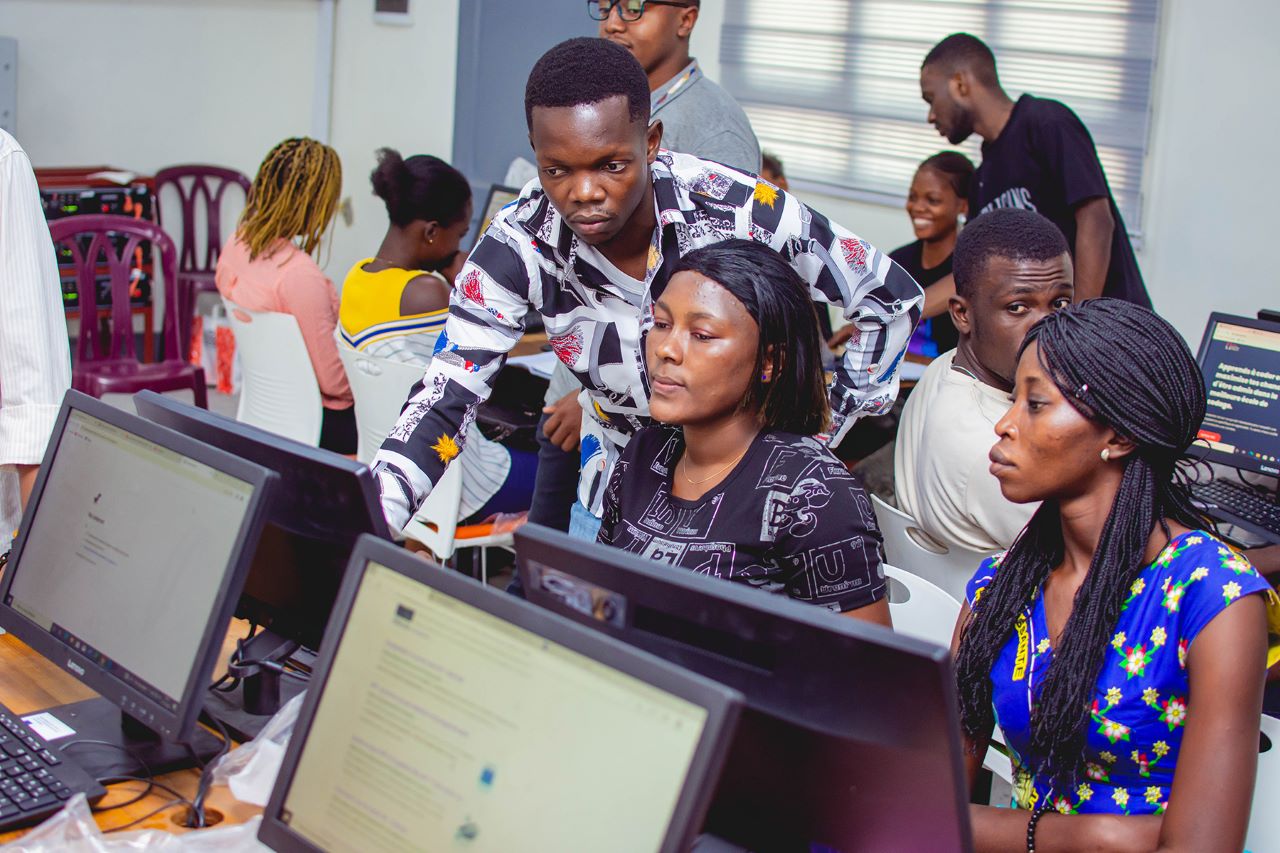The Digital Economy Report 2024 insights on Tanzania, focusing on its role in the global transition minerals market:
- Natural Graphite Reserves:
- Tanzania, along with Madagascar and Mozambique, holds 24% of the global reserves of natural graphite.
- Developing Value-Added Goods:
- Developing countries that export transition minerals, including Tanzania, are exploring the potential of moving into the production of higher value-added goods. This includes processing minerals and manufacturing intermediate goods such as precursors and batteries. There is also a longer-term vision to create regional value chains for manufacturing final products like electric vehicles and smartphones.
Tanzania's significant role in the supply chain of critical minerals and its potential to move up the value chain in the global market.
Transition Minerals
- Graphite Reserves: Madagascar, Mozambique, and Tanzania together account for 24% of the global reserves of natural graphite.
E-commerce Readiness and Digital Divide
- Digital Divide in LDCs: While e-commerce use in least developed countries (LDCs) increased by 140% between 2017 and 2021, it still represents only 5.8% of individuals making online purchases compared to 62% in developed countries. Tanzania, being one of the LDCs, faces challenges in e-commerce adoption due to inadequate ICT infrastructure, where only about one-third of the population is online. Digital divides persist between urban and rural areas, and across genders.
Policy Actions
- E-commerce Potential: The potential for e-commerce to expand in LDCs, including Tanzania, is significant. UNCTAD's eTrade readiness assessments highlight critical gaps that limit countries from harnessing e-commerce for economic development. The majority of LDCs, including Tanzania, lack comprehensive e-commerce policies and ways to integrate e-commerce into national development plans.
Infrastructure and Costs
- ICT Infrastructure: In LDCs, such as Tanzania, the quality of Internet services is low, with low bandwidth and high costs. Monthly costs for internet services in LDCs range from 1 to 24% of GNI per capita, posing a barrier to e-commerce adoption.
The digital economy landscape in East African countries
Tanzania is making strides in digital development, it still has a way to go to catch up with some of its East African counterparts.
Internet Access and Usage
- Internet Penetration Rates:
- Tanzania: Internet penetration is around 45%.
- Kenya: Higher penetration at approximately 85%.
- Uganda: Internet penetration stands at about 52%.
- Rwanda: Around 58% penetration.
Implication: Tanzania lags behind its regional counterparts like Kenya and Rwanda in terms of internet penetration. This suggests a significant opportunity for growth in digital access and infrastructure improvement in Tanzania to match the regional average.
Digital Infrastructure
- Mobile Subscriptions:
- Tanzania: Mobile penetration rate is at 82%.
- Kenya: Nearly universal coverage with a rate of 112%.
- Uganda: Mobile penetration rate of 73%.
- Rwanda: 79% penetration.
Implication: Tanzania's mobile penetration is relatively high but still lower compared to Kenya. This reflects a strong mobile infrastructure but also highlights room for further expansion and improvement, especially in rural areas.
Digital Financial Services
- Mobile Money Accounts:
- Tanzania: Approximately 52% of the adult population uses mobile money.
- Kenya: Leading with 79% mobile money usage.
- Uganda: Around 51% of adults use mobile money.
- Rwanda: About 39% of adults use mobile money.
Implication: Tanzania is doing well in mobile money usage, with over half of the adult population engaged, but it still trails behind Kenya, indicating potential for further growth and adoption of digital financial services.
E-commerce Adoption
- Online Shopping:
- Tanzania: Only about 5% of the population engages in online shopping.
- Kenya: Roughly 12% of the population shops online.
- Uganda: Around 4% engage in online shopping.
- Rwanda: About 6% engage in online shopping.
Implication: The adoption of e-commerce in Tanzania is relatively low, suggesting significant untapped potential in the e-commerce market. This indicates a need for enhancing digital literacy, trust in online transactions, and logistics infrastructure to boost online shopping rates.
Key Takeaways
- Digital Divide: There is a notable digital divide within East Africa, with Kenya often leading in most digital economy metrics. Tanzania, while showing progress, still has considerable room for improvement to reach the levels of its neighbours like Kenya and Rwanda.
- Investment Needs: To improve its standing, Tanzania needs to invest in digital infrastructure, enhance internet accessibility, and promote digital literacy and trust among its population.
- Growth Opportunities: The lower penetration and adoption rates in certain areas like internet access and e-commerce highlight significant opportunities for growth and development in Tanzania’s digital economy.
